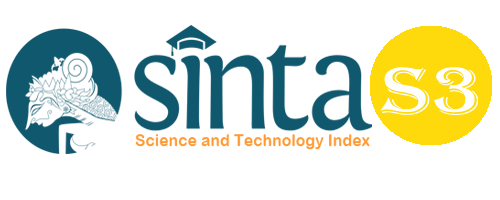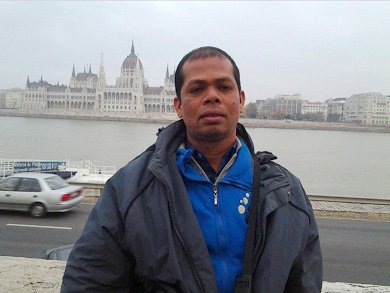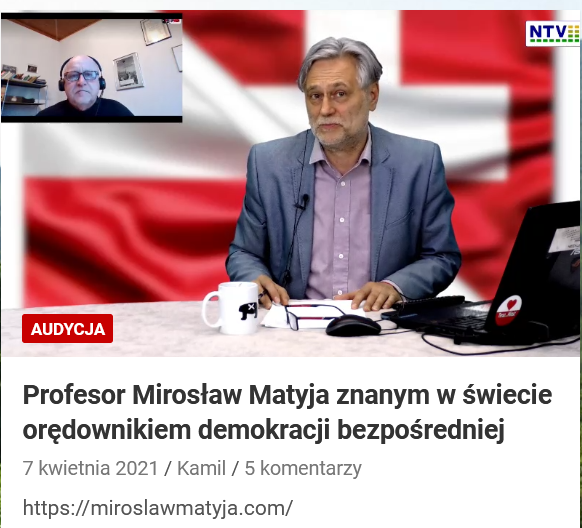Subsidized Housing Development Strategy in a Green and Sustainable Indonesia
Abstract
The development of green and sustainable housing is the main goal in preserving the environment and nature. The number of subsidized housing developments that increase from year to year will have a significant impact on sustainability. For this reason, the awareness of all stakeholders to make it happen is very important. A precise strategy is needed in stimulating and forcing developers to carry out sustainable housing development by ranking them according to their capital capacity and the availability of skilled workers.
Keywords
Full Text:
PDFReferences
Ahmad, T., & Thaheem, M. J. (2016). Developing a residential building-related social sustainability assessment framework and its implications for BIM. Sustainable Cities and Society. https://doi.org/10.1016/j.scs.2016.08.002
Brundtland, G. H. (1987). Our Common Future: The World Commission on Environment and Development. Oxford University Press.
Chiu, R. L. H. (2006). Socio ‐ cultural sustainability of housing: a conceptual exploration. Housing, Theory and Society, 21(November 2014), 37–41. https://doi.org/10.1080/14036090410014999
Cuéllar-franca, R. M., & Azapagic, A. (2012). Environmental impacts of the UK residential sector: Life cycle assessment of houses. Building and Environment, 54, 86–99. https://doi.org/10.1016/j.buildenv.2012.02.005
Dama, M., et.al. (2021). Implementation of Green Government by the Regional Government of East Kalimantan Province as a Form of Ecological Principles (Case Study of the Impact of the Implementation of Coal Mining Policy in Samarinda City). Budapest International Research and Critics Institute-Journal (BIRCI-Journal) Vol 4 (3): 4445-4457.
Kepmenkimpraswil Nomor: 403/KPTS/M/2002 Tentang Pedoman Teknis Pembangunan Rumah Sederhana Sehat (Rs Sehat), 1999 (2002).
Gokul Krisna, J., R, R., & S.V, S. (2020). Understanding sustainable strategies in low-cost housing. International Journal of Housing Markets and Analysis, 13(3), 413–425. https://doi.org/10.1108/IJHMA-05-2019-0050
Healey, P. (1991). Models of the development process: A review. Journal of Property Research, 83, 219–238. http://dx.doi.org/10.1080/09599919108724039
Healey, P. (1992). An institutional model of the development process. Journal of Property Research, 9: 1, 33–44. https://doi.org/10.1080/09599919208724049
Healey, P. (2007). Urban Complexity and Spatial Strategies: towards a relational planning for our times (1st ed.). Routledge. https://doi.org/https://doi.org/10.4324/9780203099414
James, P. (2015). Urban Sustainability in Theory and Practice. Routledge.
Janjua, S. Y., Sarker, P. K., & Biswas, W. K. (2020). Development of triple bottom line indicators for life cycle sustainability assessment of residential bulidings. Journal of Environmental Management, 264(March), 110476. https://doi.org/10.1016/j.jenvman.2020.110476
kementerian pekerjaan umum dan perumahan rakyat, Pengelolaan, P., & Pembiayaan, D. (2021). Pengenalan aplikasi SIPETRUK.
Kohlhepp, D. B. (2016). The Real Estate Development Matrix Revisited An Update. The American Real Estate Society Meetings, 1–22.
Kohlhepp, D. B., & Kohlhepp, K. J. (2018). Real Estate Development Matrix. Routledge.
Peraturan Menteri Pekerjaan Umum dan Perumahan Rakyat Republik Indonesia Nomor 1 Tahun 2021 tentang Kriteria Masyarakat Berpenghasilan Rendah dan Persyaratan Kemudahan Pembangunan dan Perolehan Rumah, 1 (2021).
Ofori, G. (2006). Singapore Construction industry and economic growth in. Construction Management and Economics, April 2015, 37–41. https://doi.org/10.1080/01446198800000007
Özkaynak, B., Devine, P., & Rigby, D. (2014). Operationalising Strong Sustainability: Definitions, Methodologies and Outcomes. Environmental, Vol 13, 279–303.
Peraturan-Pemerintah. (2021). Peraturan Pemerintah Republik Indonesia Nomor 12 Tahun 2021 Tentang Perubahan Atas Peraturan Pemerintah Nomor 14 Tahun 2076 Tentang Penyelenggaraan Perumahan Dan Kawasan Permukiman. 086436.
Perera, U., & Mensah, C. A. (2019). Conceptualizing sustainability in the real estate development process. Sustinere Journal of Environment and Sustainability, 3(July), 1–13. https://doi.org/10.22515/sustinere.jes.v3i1.62
Robinson, J. (2004). Squaring the circle ? Some thoughts on the idea of sustainable development. Ecological Economic, 48, 369–384. https://doi.org/10.1016/j.ecolecon.2003.10.017
Union., E. (2004). Urban Design for Sustainability. Final Report of the Working Group on Urban Design for Sustainability to the European Union Expert Group on the Urban Environment.
United Nations, A. (2015). Transforming our world: the 2030 Agenda for Sustainable Development The. United Nations, New York, USA, 16301(October), 1–35. https://www.unfpa.org/resources/transforming-our-world-2030-agenda-sustainable-development
Widyastuti, E., & Handayani, S. (2013). Analisis Faktor-Faktor Yang Mempengaruhi Keputusan Pembelian Rumah Subsidi Dengan Menggunakan Analisis Regresi. Prosiding Seminar Nasional Statistika, 113–114.
World Bank. (2020). Kajian Belanja Publik Indonesia: Belanja untuk Hasil yang Lebih Baik. 1–393. https://www.worldbank.org/in/country/indonesia/publication/indonesia-public-expenditure-review
DOI: https://doi.org/10.33258/birci.v5i4.7177
Article Metrics
Abstract view : 36 timesPDF - 43 times
Refbacks
- There are currently no refbacks.

This work is licensed under a Creative Commons Attribution-ShareAlike 4.0 International License.

This work is licensed under a Creative Commons Attribution-ShareAlike 4.0 International License.

_.gif)

















_.gif)



